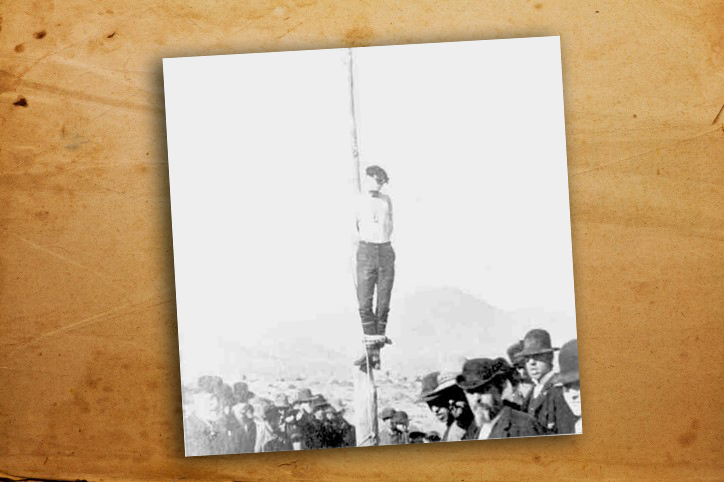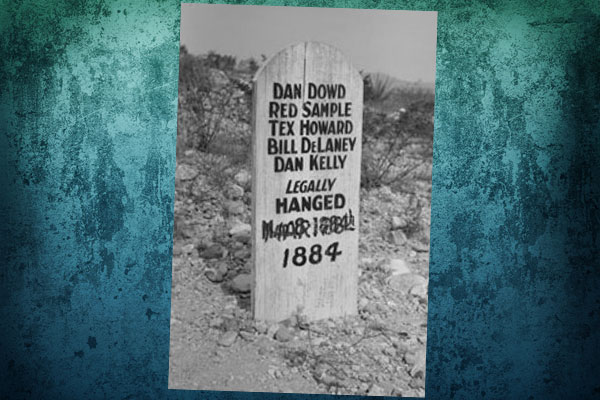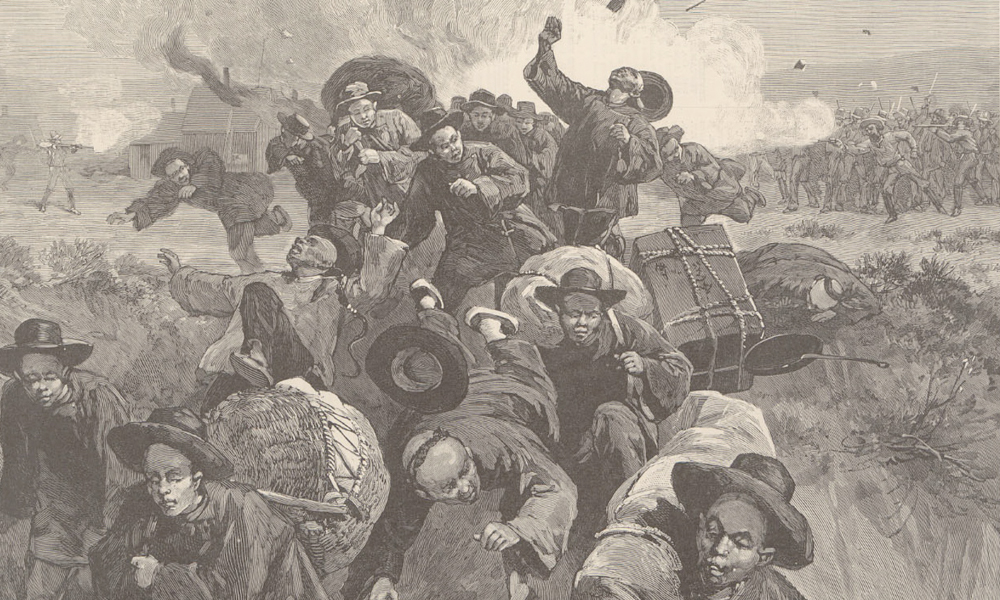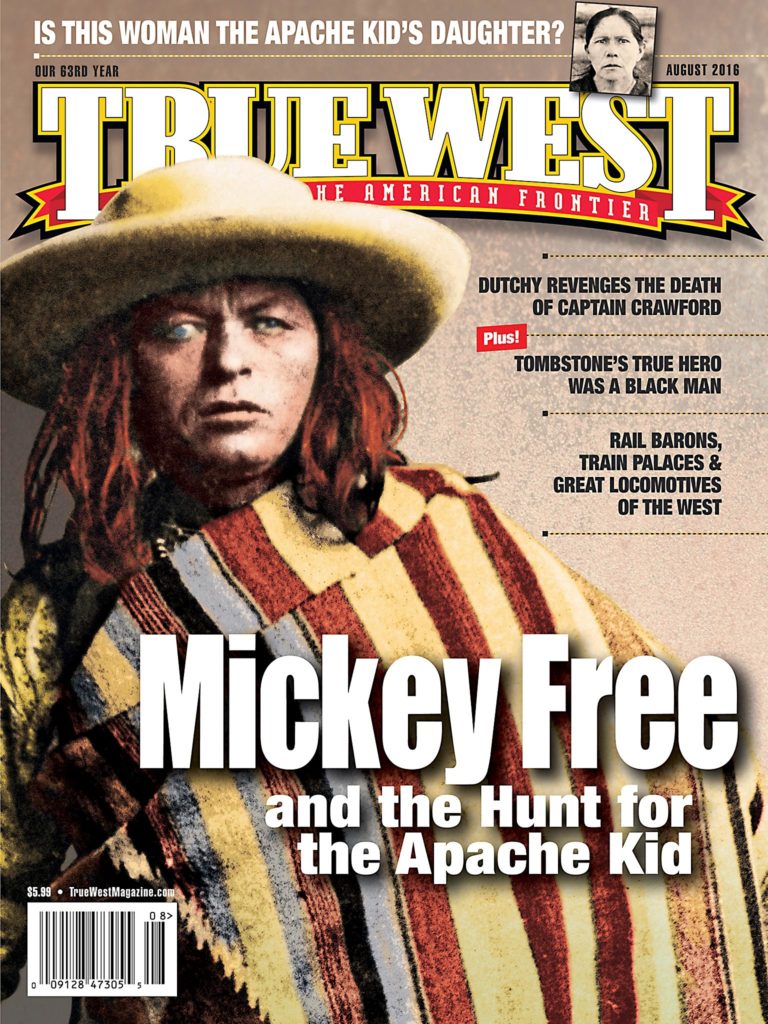
On the evening of December 8th, 1883 five heavily-armed men rode boldly into Bisbee, tied their horses near Main Street and walked up the street to the Goldwater-Castaneda mercantile store which also served as the local bank. All but one were wearing kerchief masks. Two of them, armed with pistols and Winchester rifles positioned themselves at the front door while the other three entered with pistols drawn and ordered the patrons to raise their hands. One spotted one of the proprietors, Joseph Goldwater and ordered him to open the safe. It was supposed to contain the payroll for the miners working for the Copper Queen Mining Company. However, the stagecoach carrying the big payroll hadn’t arrived yet. Their take in the heist was small, about $800 and two gold watches.
Outside the store, shooting erupted as the two bandits posted at the front door began firing randomly up and down Main Street. Within moments three men, including a deputy sheriff and a woman, eight months pregnant, lay dead or dying in the street.
The five outlaws moved hurriedly back to their horses, mounted up and quickly rode out of town heading east towards the Sulphur Springs Valley.
The brutal and senseless killings would become known as the Bisbee Massacre.
Immediately after the gang made a hasty exit a posse was organized and went after the gang in hot pursuit. In the posse was a man who’d recently arrived in town named John Heath, who picked up the trail and about nine miles out of Bisbee, noted where the gang had split up.
The posse returned empty-handed having lost the trail but thanks to some good detective work on the part of Cochise County lawmen all five were quickly rounded up. The outlaws were identified as Omer “Red” Sample, James “Tex” Howard, Dan Dowd, Bill Delaney and Dan Kelly.
When the gang split up, Delaney and Dowd had headed for Sonora and Kelly for New Mexico. Sample and Howard returned to their stomping ground at Clifton where they stopped at Maud Elby’s brothel and showed the girls the money and a couple of gold watches taken in the robbery. They also allegedly implicated a sixth man who’d lived in Clifton until recently. From there things began to unravel. The sixth man said to have planned the robbery and acted as inside man was John Heath. He was also arrested and charged with murder.
The wheels of justice was moving swiftly. Two months and a day after the massacre their trial began at the county courthouse in Tombstone.
Author David Grasse has done an excellent job of piecing together the story of one of Arizona’s most sensational murder-robberies. Even more fascinating are the probing questions he raises. He dissects the testimony given by witnesses at the trial and takes what appears to be an open and shut case and turns it into a real page turner.
He also raises a number of questions. The citizens of Bisbee and Tombstone were outraged and wanted blood. So, why weren’t they given a change of venue? And, why weren’t they given separate trials instead of trying all five men together? Most of the testimony by the witnesses was hearsay and circumstantial. Could the court-appointed attorneys have done a job better defending their clients? Did they fear public retribution if they if they represented the defendants too well and planted seeds of doubt in the jury?
There was never any doubt about the outcome. The five men were convicted, found guilty and sentenced to hang on March 28th, a few weeks after the trial ended. Because he wasn’t present at the scene of the crime, Heath was tried separately. His trial began immediately after the others were sentenced. All five testified that Heath had nothing to do with planning or participating in the Bisbee robbery-murder.
Heath was found guilty of murder but sentenced to life in the territorial prison. On the morning of February 22nd an angry mob stormed the jail, ignoring the five condemned men, took Heath out and hanged him from a telegraph pole on Toughnut Street. John Heath was the only man in Tombstone’s wild and wooly history to be lynched.
A few weeks later, on March 29th the five condemned men stood on the scaffold. Each proclaimed his innocence. It would be the largest mass hanging in Arizona history.






